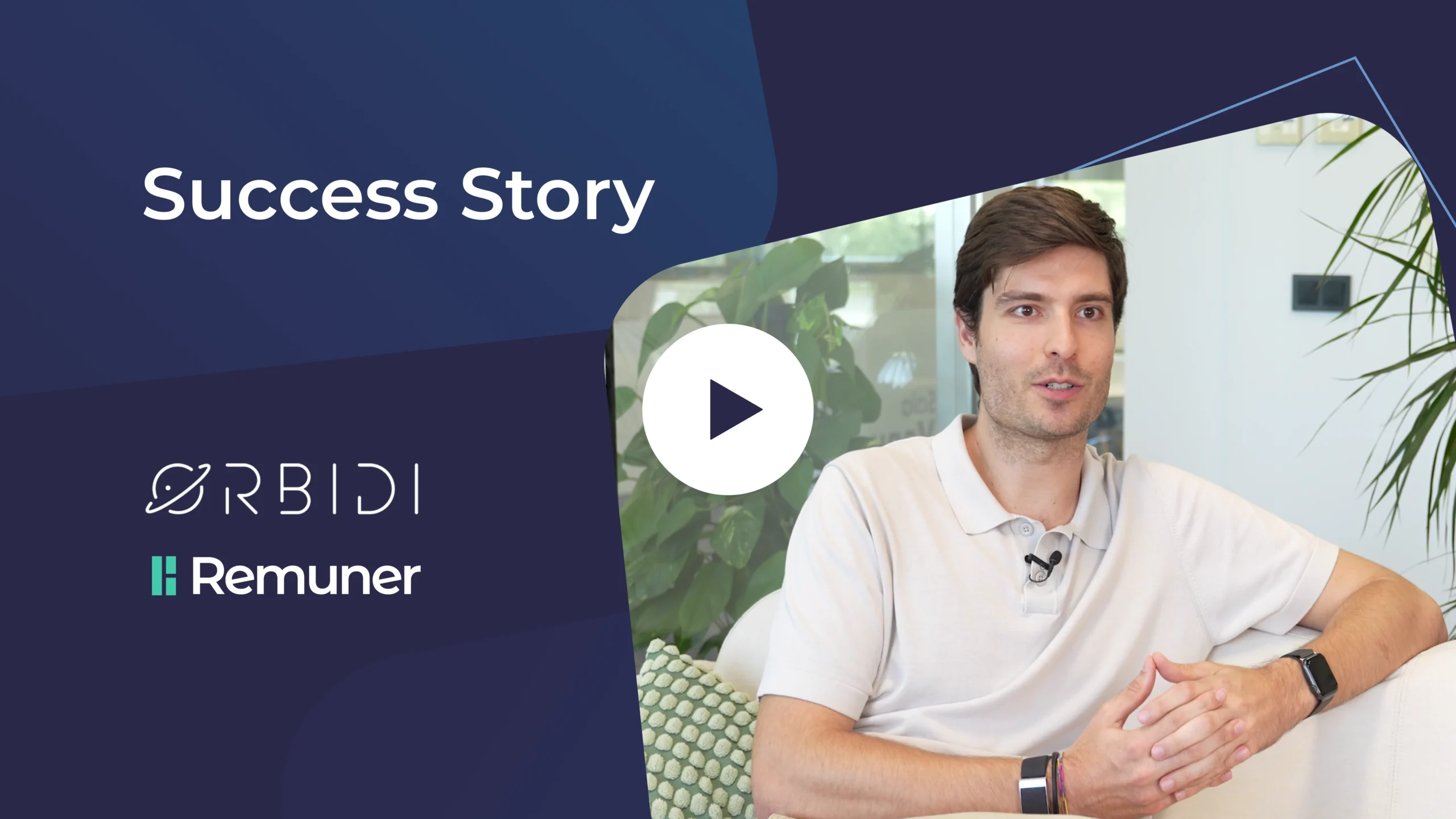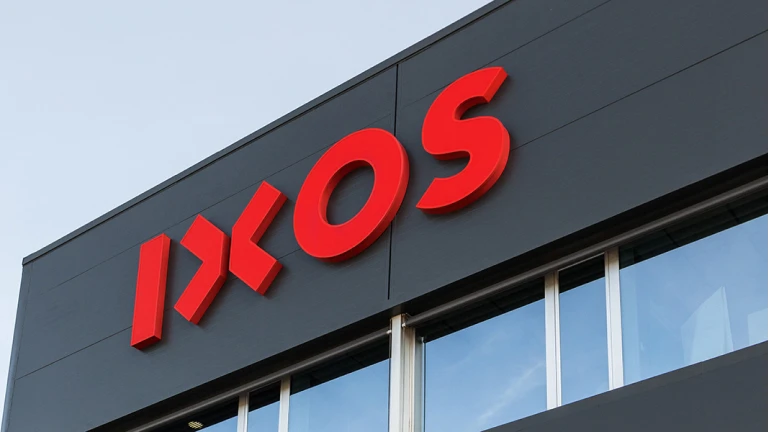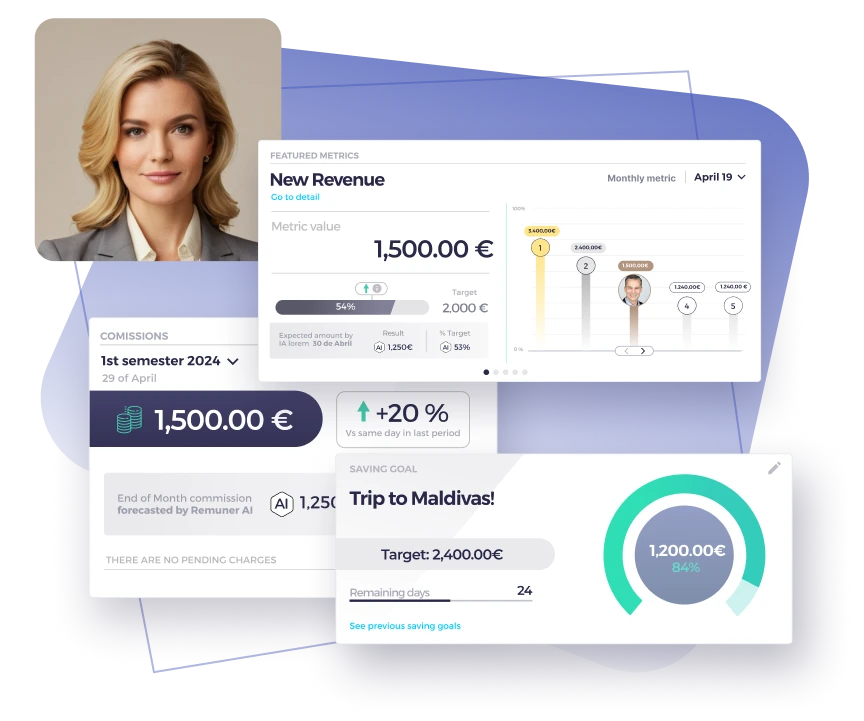Table of contents
What is the MEDDIC methodology?
MEDDIC is an acronym that stands for Metrics, Economic Buyer, Decision Criteria, Decision Process, Identify Pain, and Champion. This methodology was developed in the 1990s by Dick Dunkel and Jack Napoli while they were at Parametric Technology Corporation (PTC). MEDDIC is particularly effective for enterprise sales due to its structured approach to understanding the buyer’s needs and decision-making processes.
Metrics
Metrics refer to the quantifiable outcomes that your solution can deliver to the customer. These are the specific key performance indicators (KPIs) that will demonstrate the value of your product or service. In enterprise sales, understanding and defining these metrics is crucial because they form the basis of your value proposition.
Example: If you are selling a software solution that improves operational efficiency, your metrics might include a 20% reduction in processing time, a 15% increase in productivity, or a significant decrease in error rates.
To get these metrics, ask the customer about their current performance. Then show how your solution can improve these numbers. Provide case studies and examples to back up your claims.
Economic Buyer
The Economic Buyer is the person with the authority to make the final purchasing decision. Identifying this individual is critical because they are the ones who will ultimately sign off on the deal. Understanding their motivations, concerns, and how they measure value is key to tailoring your pitch and ensuring alignment with their goals.
Example: In a large corporation, the Economic Buyer might be the Chief Financial Officer (CFO) or the Chief Operating Officer (COO). They will be focused on the return on investment (ROI) and total cost of ownership (TCO).
Decision Criteria
The Decision Criteria are the specific factors that the buyer will consider when evaluating your solution. These criteria often include aspects such as price, functionality, ease of integration, and vendor reputation. Gaining clarity on these criteria allows you to position your offering more effectively.
Example: A company looking to purchase a new CRM system might prioritize user-friendliness, integration capabilities with existing systems, and cost-effectiveness.
Decision Process
The Decision Process involves understanding the steps that the buyer will take to reach a purchasing decision. This includes identifying all the stakeholders involved, the approval process, and any potential hurdles or delays. Mapping out this process helps you anticipate challenges and plan your sales strategy accordingly.
Example: The decision process for a large IT purchase might involve initial evaluations by a technical team, budget approval by finance, and final sign-off by senior management.
Identify Pain
Identify Pain means uncovering the specific challenges or problems that your potential customer is facing. The more acute the pain, the more likely the customer is to seek out a solution. By deeply understanding the pain points, you can better demonstrate how your product or service addresses these issues.
Example: A company experiencing frequent system downtimes and data breaches might be looking for a robust cybersecurity solution to mitigate these risks.
Champion
The Champion is an influential person within the buyer’s organization who advocates for your solution. This individual believes in the value of your offering and helps to promote it internally, overcoming resistance and driving the decision forward. Building a strong relationship with your Champion can significantly boost your chances of closing the deal.
Example: A department head who has seen positive results from a pilot project using your solution might act as a Champion, pushing for wider adoption within the organization.
Integrating MEDDIC into your Sales Strategy
Implementing the MEDDIC methodology involves a structured approach to each of its components. Here’s how you can integrate MEDDIC into your sales strategy to enhance your enterprise sales performance.
Aligning Metrics with Customer Goals
Start by thoroughly researching and understanding the customer’s business objectives and challenges. Engage with key stakeholders to identify the metrics that matter most to them. Use these metrics to tailor your value proposition and demonstrate the tangible benefits of your solution.
Identifying and Engaging the Economic Buyer
Conduct a stakeholder analysis to identify the Economic Buyer within the target organization. Develop a strategy to engage with this individual early in the sales process. Focus on building a relationship based on trust and understanding their priorities. Highlight the financial and strategic value of your solution to address their specific concerns.
Clarifying Decision Criteria
During your discovery phase, ask detailed questions to uncover the customer’s decision criteria. Document these criteria and use them to guide your sales presentations and proposals. Ensure that your solution aligns with the customer’s priorities and addresses any potential objections upfront.
Mapping the Decision Process
Work with your internal team and the customer to map out the decision-making process. Identify all the steps, stakeholders, and potential roadblocks. Develop a timeline and action plan to navigate this process efficiently. Keep the lines of communication open with all stakeholders to ensure a smooth progression towards the final decision.
Addressing the Pain Points
Use discovery meetings, surveys, and case studies to dig deep into the customer’s pain points. Quantify these pain points in terms of costs, lost opportunities, and risks. Present your solution as the best remedy, backed by data and real-world examples of how it has helped other organizations overcome similar challenges.
Building and Leveraging Champions
Identify potential Champions early in the engagement. These could be users or influencers who see the value in your solution. Provide them with the necessary tools and information to advocate for your product internally. Foster a collaborative relationship and keep them informed throughout the sales process.

Maximizing Sales Performance: OTE, Clawbacks, and Incentives
The MEDDIC methodology can significantly improve your sales performance, but it’s essential to align your compensation and incentive structures to motivate your sales team effectively. This is where concepts like on-target earnings (OTE), clawbacks, sales incentives, and commissions come into play.
On-Target Earnings (OTE)
On-Target Earnings (OTE) represent the total compensation a sales representative can expect to earn if they achieve their sales targets. OTE typically includes a base salary plus variable components like commissions and bonuses. Setting a realistic and attractive OTE is crucial for attracting and retaining top sales talent.
Example: If a sales rep has a base salary of $50,000 and a target commission of $50,000 for hitting their sales goals, their OTE would be $100,000.
To determine a competitive OTE, research industry standards and adjust based on the complexity of the sales cycle and the size of the deals. For example, aligning OTE with the metrics component of MEDDIC ensures that the compensation reflects the quantifiable outcomes your solution delivers to the customer. This truly motivates the sales team to focus on those critical metrics.
Clawbacks
The term clawbacks refers to provisions that allow an employer to reclaim previously paid commissions or bonuses if certain conditions are not met, such as a customer cancelling their contract within a specific period. Clawbacks help protect the company’s interests and ensure that sales reps focus on closing sustainable, long-term deals.
Example: If a sales rep earns a commission on a sale, but the customer cancels the contract within six months, the company may claw back the commission paid to the rep.
Implementing fair clawback policies aligns with the Decision Process component of MEDDIC by ensuring that sales representatives are incentivized to follow through with each step of the customer’s decision-making journey, securing commitments that lead to long-term satisfaction and retention.
Sales Incentives and Commissions
Sales Incentives are additional rewards offered to sales reps for achieving specific goals or milestones. These can include cash bonuses, trips, gifts, or other perks. Sales Commissions are a common form of variable pay based on a percentage of the sales revenue generated by the rep. Both incentives and commissions play a vital role in driving performance and motivation.
Example: A sales rep might receive a 5% commission on every sale and an additional bonus for exceeding their quarterly sales target.
To design effective incentives, consider what motivates your sales team and align the rewards with company goals. By linking these incentives to the MEDDIC components, such as hitting specific Metrics or engaging the Economic Buyer effectively, you ensure that the sales force remains focused on key areas that drive success.
Variable Pay
Variable Pay refers to the portion of compensation that is based on performance. It includes commissions, bonuses, and other incentives that vary based on the individual’s or team’s achievements. Variable pay aligns the interests of the sales reps with the company’s goals and rewards top performers.
Example: A sales rep’s compensation package might include a base salary plus a variable pay component that is tied to their sales performance, such as a commission structure and performance bonuses.
Creating a balanced compensation plan that includes substantial variable pay rewards top performers and aligns their efforts with MEDDIC principles, such as driving towards defined Metrics and ensuring the alignment of solutions with the customer’s Decision Criteria.
Compensation Strategies
Effective Compensation Strategies ensure that your sales team is motivated, aligned with company goals, and rewarded for their success. Here are some tips for developing a robust compensation strategy:
- Set Clear Goals and Targets: Define achievable and realistic sales targets that align with the company’s objectives and MEDDIC components.
- Balance Base Salary and Variable Pay: Ensure a competitive base salary while offering substantial variable pay opportunities to incentivize performance, linked to MEDDIC outcomes.
- Implement Fair Clawback Policies: Protect your interests with fair and transparent clawback policies that are clearly communicated to the sales team, ensuring they support long-term customer retention.
- Regularly Review and Adjust: Continuously review and adjust compensation plans to reflect market conditions, business goals, and sales performance, as well as the evolution of MEDDIC best practices.
- Communicate Effectively: Keep your sales team informed about how their compensation is structured and how they can maximize their earnings by adhering to MEDDIC principles.
Conclusion
The MEDDIC methodology offers a powerful framework for navigating the complexities of enterprise sales. By focusing on Metrics, Economic Buyer, Decision Criteria, Decision Process, Identify Pain, and Champion, you can develop a deeper understanding of your customers and tailor your sales approach to their specific needs. Coupled with effective compensation strategies, including OTE, clawbacks, sales incentives, and variable pay, you can drive your sales team’s performance and achieve outstanding results.
At Remuner, we understand the intricacies of sales compensation and how to design incentive structures that motivate and reward your sales team. Our solutions are tailored to help you maximize your sales performance and achieve your business goals. Visit Remuner to learn more about how we can support your sales strategy with innovative compensation solutions.





